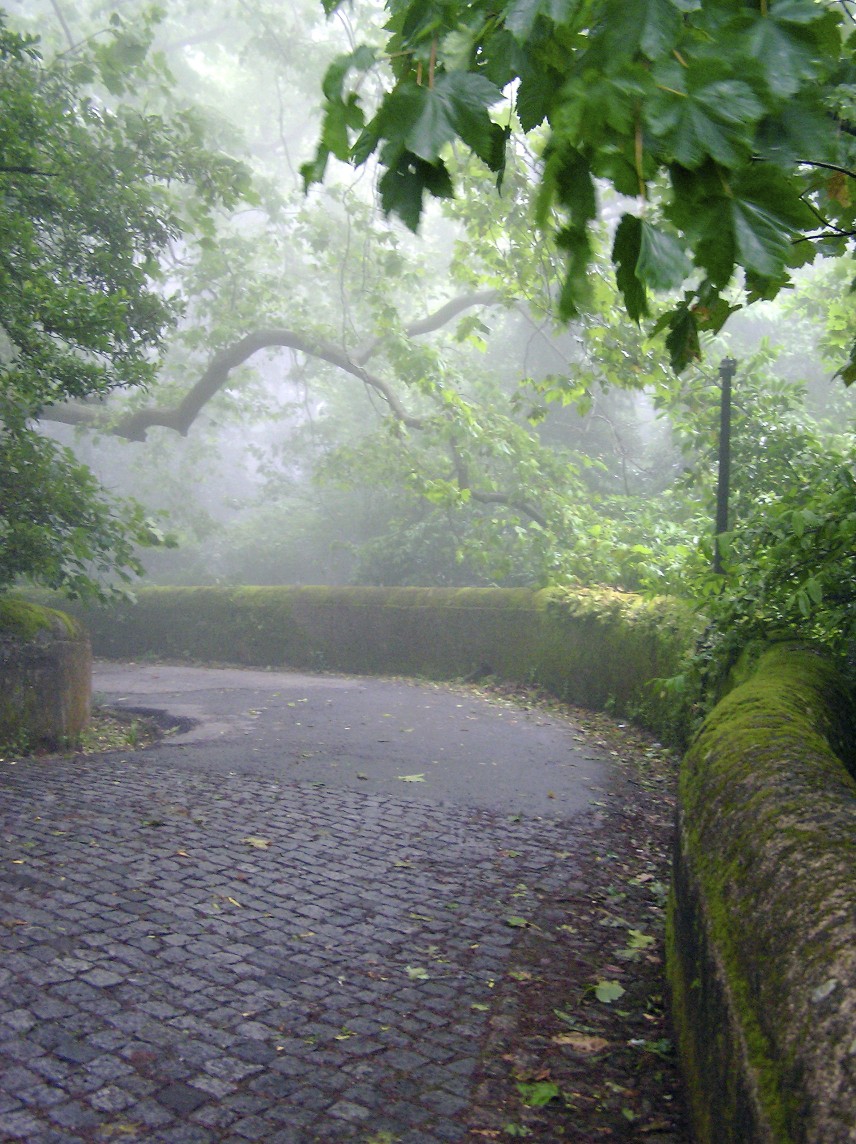
The Nature of Containment
What are the alternative ways in which to transform and manage anxiety? Just as Eiisler offers us a description of the authoritarian mode of transformation, she offers us a description of a quite different mode. She writes about the Chalice as a form of social relationship that is based not on domination, but instead on partnership. Linking rather than ranking is the founding principle (Eisler, 1995, p. xvii). I propose that Eisler’s image and model of the Chalice aligns directly with Bion’s idea of the container. Anxiety is contained in Eisler’s Chalice. Anxiety is successfully contained in a world filled with linking and relating.
Psychological containers come in many forms. I turn now to a brief exploration of five types of containers. They are personal psychic containers and containers existing within relationships. Containers can also be defined by temporary boundaries: events can serve as containers. Special locations are noteworthy as containers and sanctuaries. Finally—and most directly relevant to this set of essays–certain leadership functions can provide containment of anxiety. Leadership, in turn, often works alongside one other container (that might be the most important within an organizational setting). This final type of container is the culture of the organizations. In turn first to the most personal type of container.
Personal Imagery as a Container of Anxiety
In a beautifully poignant song (“And So It Goes”, 1983), written by the popular singer, Billy Joel, a sanctuary is described that exists in every person’s heart. This part of our heart will always be “safe and strong.” It is where we “heal the wounds from lovers past/Until a new one comes along.” Sanctuaries of a similar nature exist in our heart and hopefully are supported by our organizations and society as a means of healing other wounds and providing space and time for needed reflection and inquiry. We live in a 21st Century world in which there is an abundance of volatility (V), uncertainty (U), complexity (C), and ambiguity (A) – as well as turbulence and contradiction (VUCA-Plus) (Bergquist, 2020), In this world of VUCA-PLUS, there is great need for Billy Joel’s “safe and strong” sanctuary.
In one of his gentle stories from the Prairie Home companion radio program about life in a small Minnesota town (“Lake Wobegon”), Garrison Keiller (1997) speaks about the “storm home” that was assigned to him by his school when he was a small boy. Keiller lived in the country and had to get to school by bus. Consequently, to prepare for the possibility that he might be stranded in town as a result of a snow blizzard, the school gave him (and the other children living in the country) an alternative home to go to that is located in town. Keeler never had to go to this home; however, he often walked by his “storm home” and reflected on the loving, supportive nature of the couple who were his “storm parents.” He often thought of this man and woman and their house when things were going bad or when he was discouraged. He fantasized that this couple had specifically picked him out as their “storm child” and that they would welcome him with open arms during difficult times.








